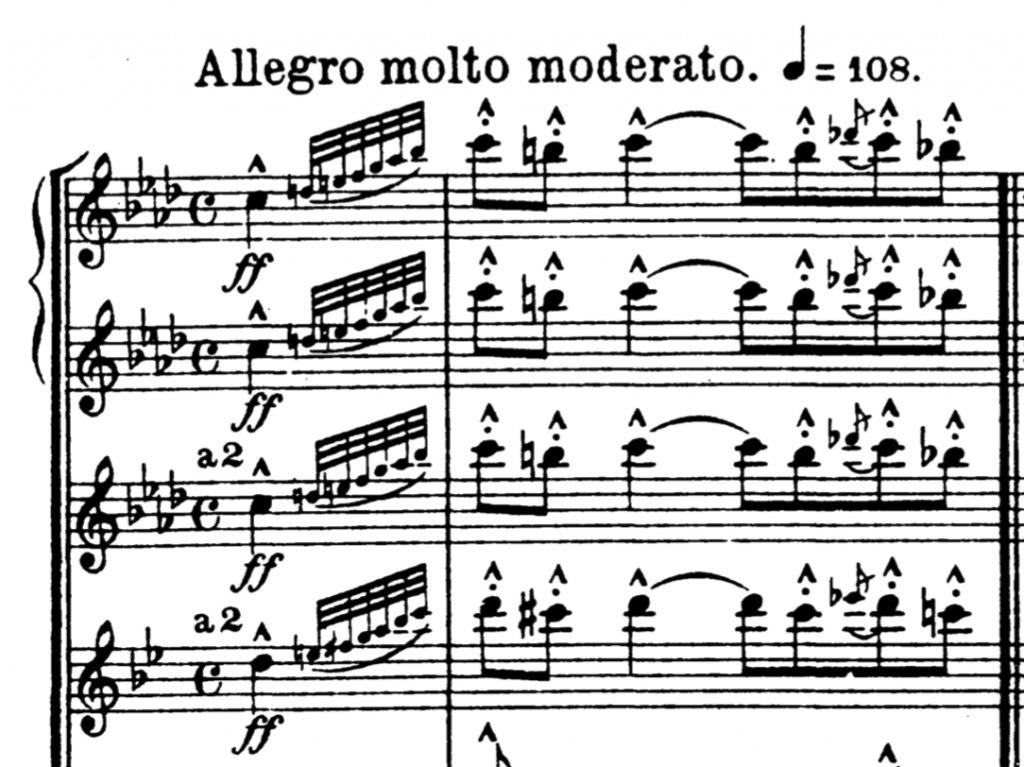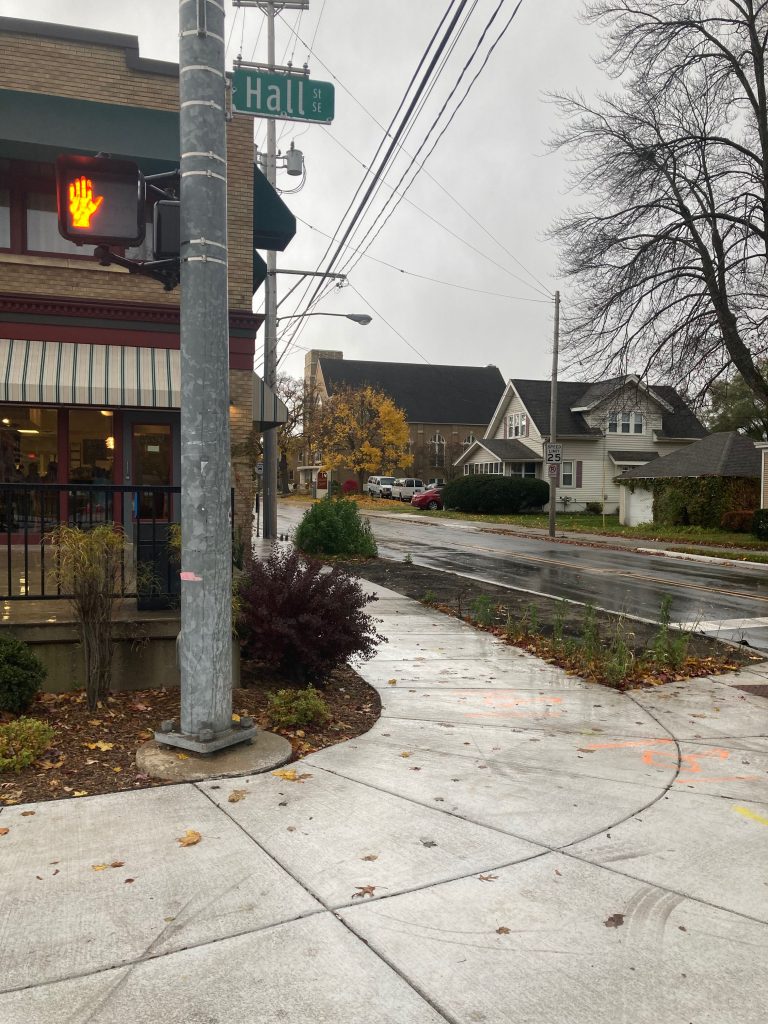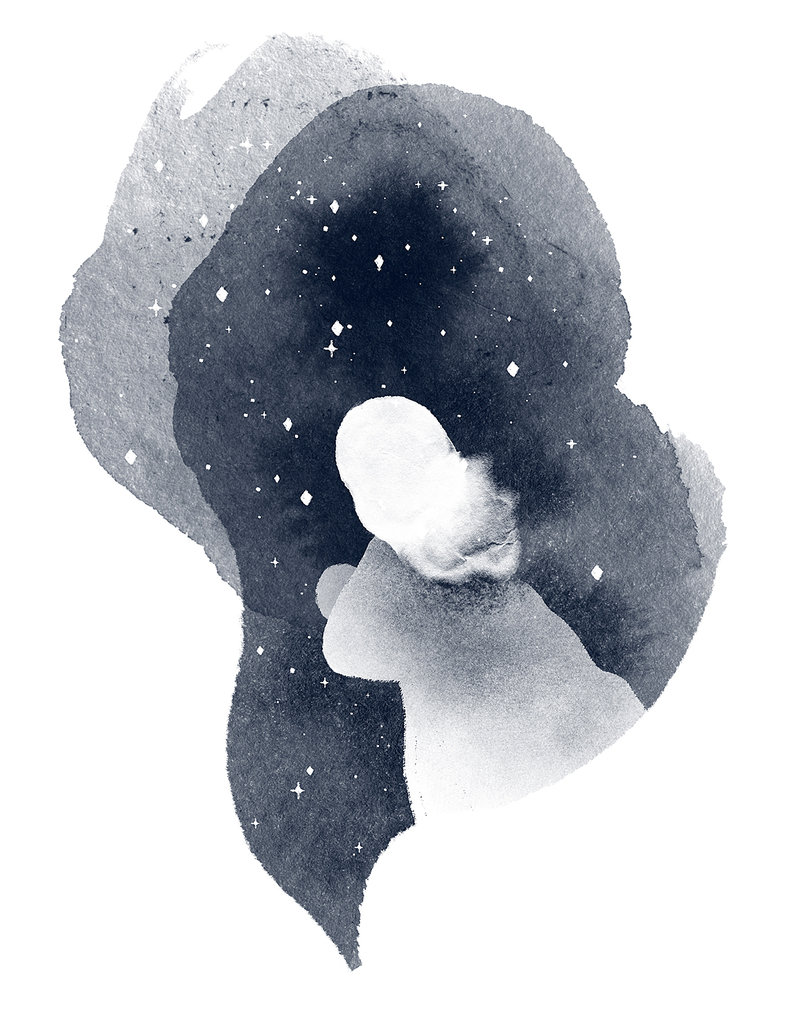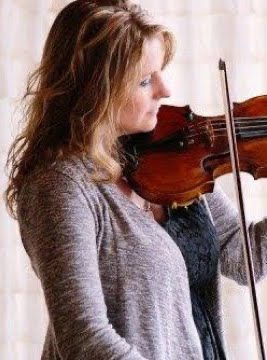When I was a kid, I had a 45* of the song “Mercy, Mercy, Mercy.” The song is written by Joe Zawinul and has been performed by everyone from Cannonball Adderly to Queen Latifah. I can’t find the exact version I heard on that record all those years ago, but the song is etched in my musical memory.

I decided to write a song inspired by the thick Gospel groove of “Mercy, Mercy, Mercy.” The tune was originally called “Grace, Grace, Grace” (you see what I did there?) but as I entered the music in Dorico and clicked the little button labeled “grace notes” to make a secondary melody smaller, I realized that “Grace Notes” was a much better name.
The harmonies in this song are much simpler than my other jazz tunes, instead concentrating on a catchy melody and knee-deep groove. On this recording, you can hear Steve Talaga on piano with a groove so far in the pocket that he’s counting change in his sock!
*Editor’s note to young people, a “45” is a small record that used to be the only way to hear hit singles.










